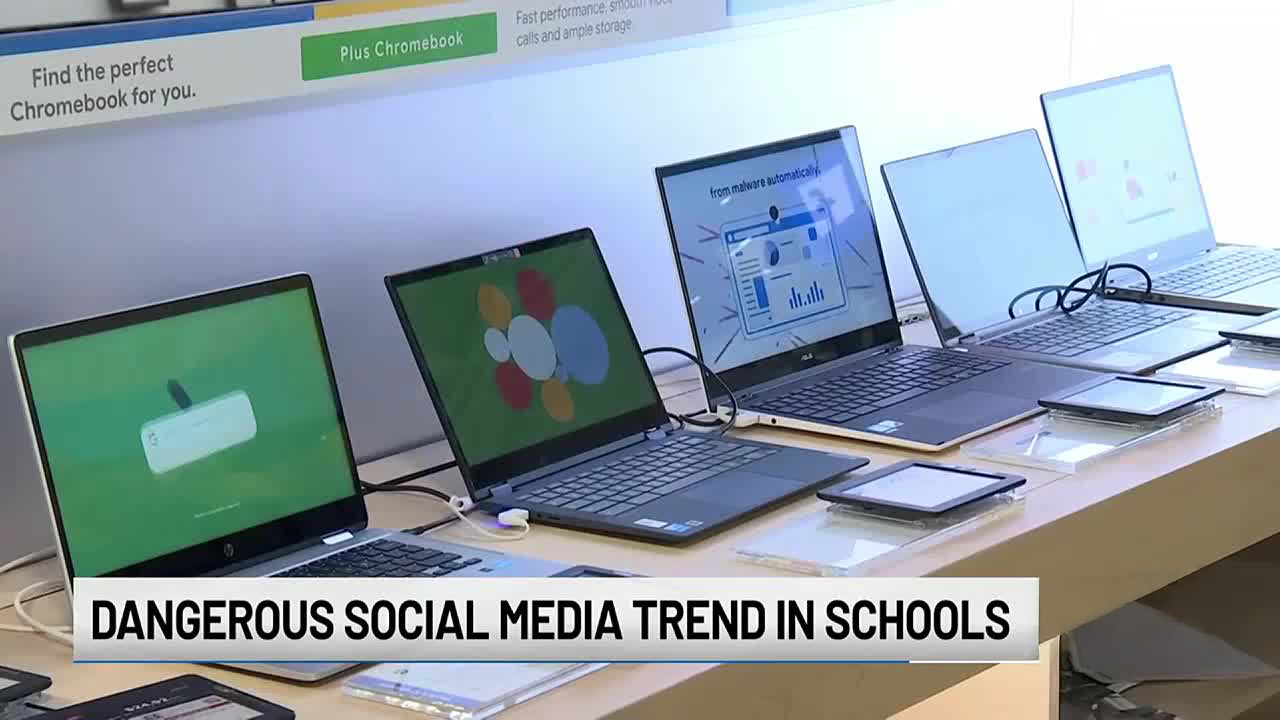
The Dangers of Social Media Challenges: What Every Parent Needs to Know
With summer quickly approaching, we expect our students will have more free time and may want to spend time on social media. We live in a time where social media has a significant impact in the daily lives of our children. While it can be a powerful tool for connection and creativity, it most often poses serious risks—particularly when it comes to viral challenges that spread quickly across platforms like TikTok, YouTube, Instagram, and Snapchat.
🚨 What Are Social Media Challenges?
Social media challenges often encourage users—especially teens and tweens—to perform and share specific actions, ranging from harmless fun to extremely dangerous behavior. In recent years, we’ve seen an alarming rise in technology-related challenges where students may damage school devices, access restricted content, or participate in hacking-type behaviors for attention or social clout.
Some challenges may involve:
- Disabling school-issued devices
- Breaking or tampering with security features
- Posting inappropriate content using school technology
- Attempting to “go viral” by engaging in risky or destructive acts
💡 Why Do Students Participate?
Adolescents are particularly vulnerable to social media influencing and the desire for online attention. Ages 10-19 are pivotal years for students as they develop their personal identity and attempt to discover where they fit into society. Social Media is designed to take advantage of these developmental traits in order to keep students using their platform. Factors that drive participation include:
- Fear of missing out (FOMO)
- Desire for social approval through likes, comments, and shares
- Lack of awareness about long-term consequences
- Influence of popular online personalities or peer groups
🛡️ What Can Parents Do?
1. Talk Openly and Regularly:
Create a safe space to discuss social media trends. Ask your child if they’ve heard of any viral challenges and how they feel about them.
2. Monitor and Set Limits:
The most effective step you can take as a parent to safeguard your children is to remove a child's access to social media. The risks far outweigh the benefits. However, if your child does have access, know what platforms your child uses. Set clear rules about screen time and appropriate online behavior. Parental control apps can also help.
3. Teach Critical Thinking:
Help your child question what they see online. Teach them to think about safety, consequences, and whether something aligns with their values. However, keep in mind that the adolescent brain processes decisions by weighing risk vs reward. If the reward is perceived to be greater than the risk, students will choose the perceived reward. As children develop their ability to judge risk and reward improves, but unfortunately the process simply takes time, experience, and brain development. As parents, we must still protect our children from situations where the perceived reward may be greater than the risk involved.
4. Be a Role Model:
Demonstrate healthy technology habits. Children notice when adults are mindful about their own online behavior.
5. Report Concerns Promptly:
If you become aware of a concerning trend or behavior, please reach out to school staff. We are here to partner with you in keeping our students safe.
📱 Tools for Tech-Savvy Parenting
Here are a few tools and apps that can help you stay informed and in control of your child’s digital activity:
- Bark: Monitors messages, social media, and screen time with alerts for concerning content.
- Google Family Link: Manage Chromebook use, app permissions, and screen time remotely.
- Common Sense Media: Stay on top of current trends and age-appropriate tech tips.
Resource: Common Sense Media – TikTok Parent Guide

